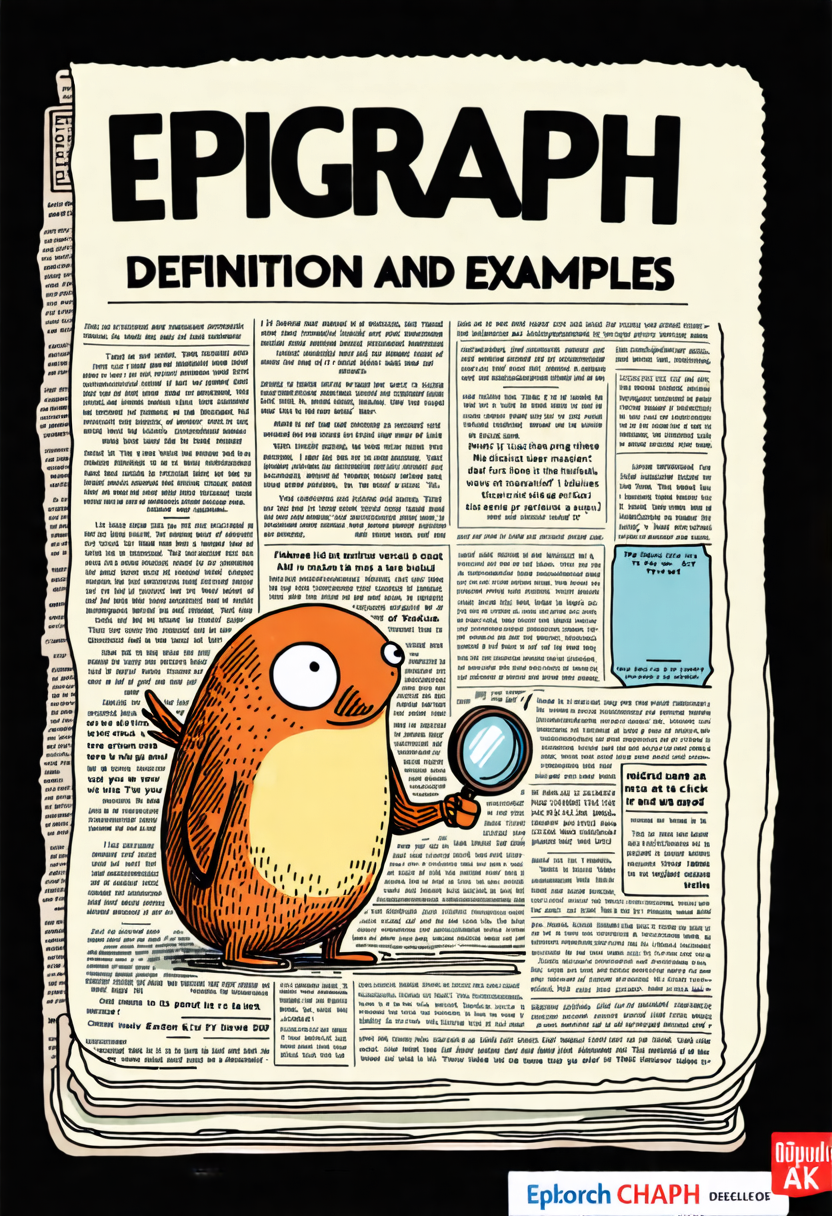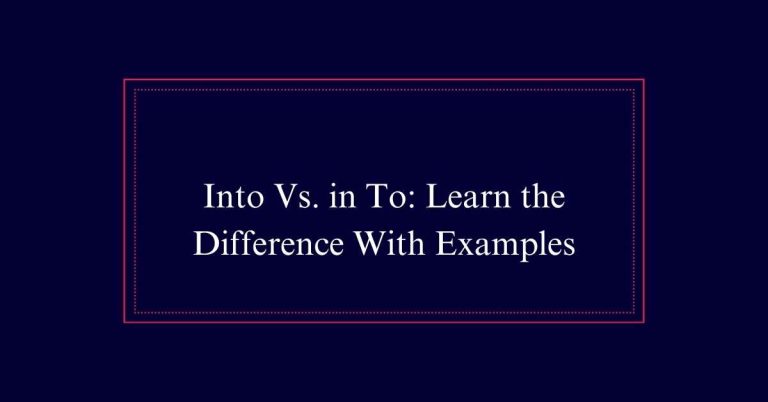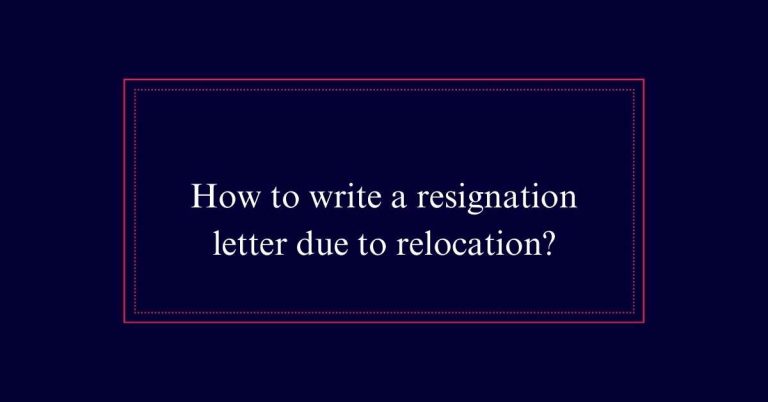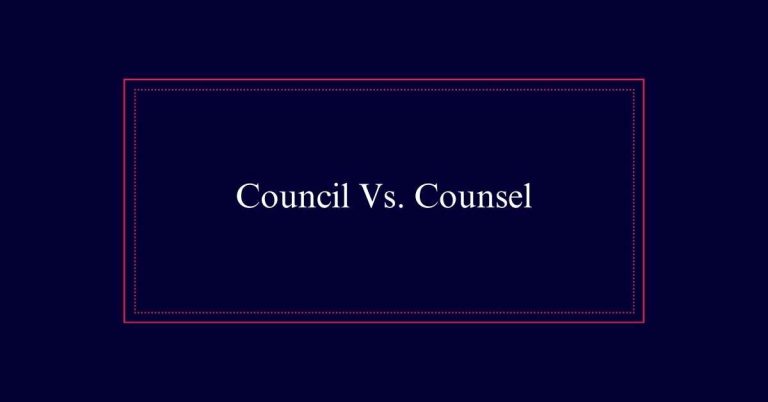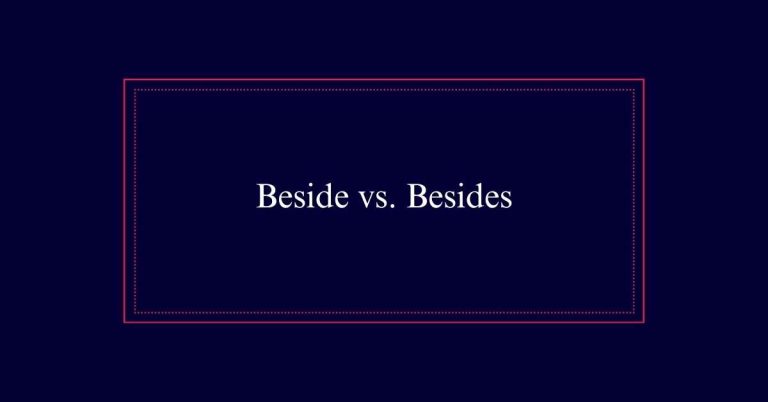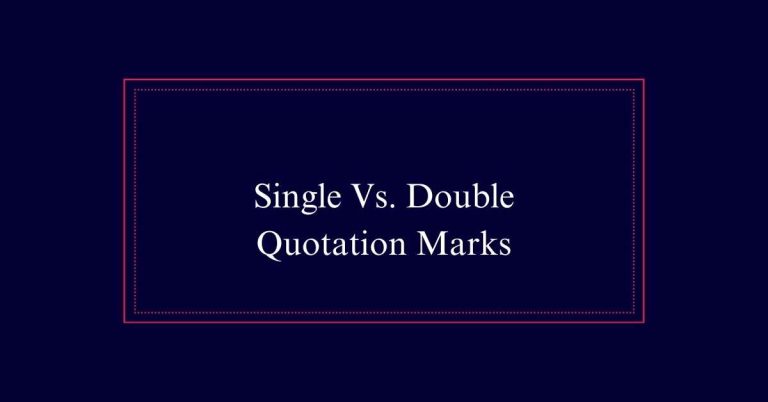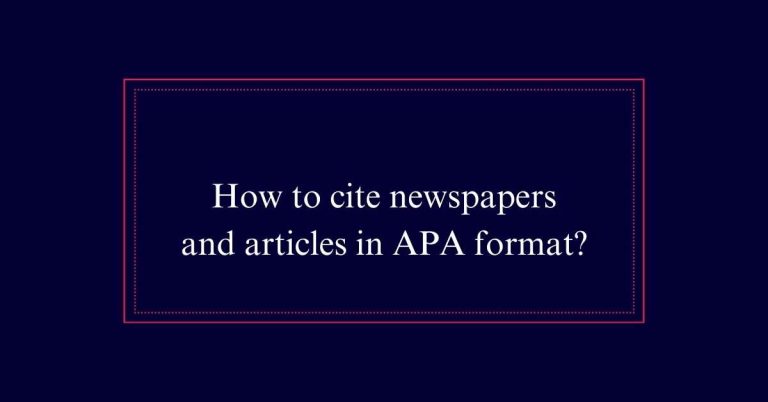Epigraph: Definition and Examples
An epigraph is a short quotation placed at the beginning of a literary work. It introduces the main themes and sets the tone for the text. Originating from ancient Greece and popularized during the Renaissance, epigraphs can come from various sources, including prose, poetry, and song lyrics.
They serve to acknowledge influences, provide context, and enhance reader engagement. Unlike epigrams, which are witty or memorable statements, epigraphs offer a thematic entry point. For instance, ‘To Kill a Mockingbird’ begins with an apt quote that deeply resonates with its themes.
Definition of an Epigraph
An epigraph is a short quote placed at the beginning of a piece of writing. It serves to introduce themes, set the tone, or provide context for the narrative that follows.
Epigraphs are typically drawn from external sources, such as literature, poetry, or famous sayings. They offer a concise way for authors to acknowledge their influences or inspirations.
Historical Background
Epigraphs have roots in ancient Greece, where they were inscribed on buildings and statues to convey messages. These inscriptions served both decorative and functional purposes. They could commemorate important events, honor deities, or provide moral lessons. The use of epigraphs evolved over time, moving from physical monuments to literary works.
In the Middle Ages, writers began placing epigraphs at the start of manuscripts to set the tone or theme. By the Renaissance, this practice became more common in books and poetry. Modern literature continues this tradition, often using epigraphs to offer readers a glimpse into the forthcoming narrative.
Purpose of Epigraphs
Building on their historical use, the purpose of epigraphs in modern writing centers around enhancing the reader’s understanding and engagement with the text. Epigraphs serve several key functions such as acknowledging influences, providing context, and offering essential information. By setting the tone and giving insight into the narrative, they help readers grasp the underlying themes and direction of the story right from the start.
| Purpose | Description | Example |
|---|---|---|
| Acknowledges Influences | Pays tribute to sources of inspiration | Quote from a famous author |
| Provides Context | Sets up the setting or background | Historical or cultural reference |
| Offers Information | Gives necessary details upfront | Character background or plot hint |
| Enhances Engagement | Captures reader’s interest | Intriguing or thought-provoking quote |
| Sets the Tone | Establishes the mood of the text | Poetic or philosophical lines |
Introducing Themes
To introduce themes, an epigraph can effectively establish the thematic foundation of a story from the outset. By presenting a carefully chosen quote, an author signals to the reader what to expect regarding underlying messages and motifs.
This literary device can:
- Set the Mood: A poignant quote can evoke the emotional tone of the narrative.
- Foreshadow Events: Subtle hints about the plot can be embedded in the epigraph.
- Highlight Central Ideas: It can underscore the core themes that the story will explore.
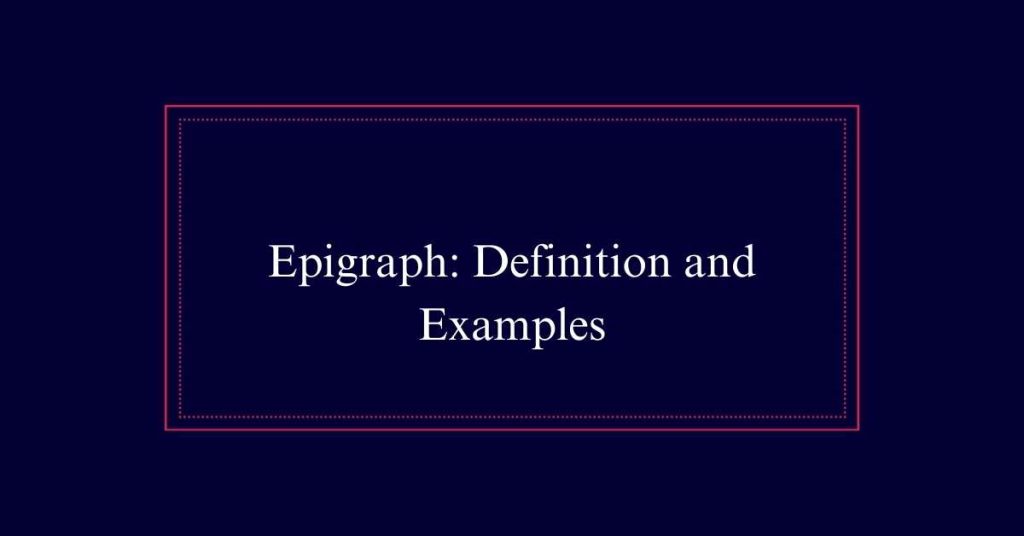
Through these methods, an epigraph serves as a bridge between the author’s intentions and the reader’s expectations. It primes the reader to engage with the text on a deeper level, aligning their focus with the story’s thematic essence.
Creating Context
Frequently, a well-chosen epigraph provides essential narrative context right from the start. By selecting a quote that aligns with the story’s setting, tone, or background, authors can establish a framework for the reader.
This context can situate the narrative in a specific time, place, or emotional landscape, offering immediate insight. For example, a historical quote can ground the story in a particular era. Similarly, a line from a poem can evoke the mood or atmosphere the author intends to convey.
This initial context is vital as it prepares the reader for the journey ahead, making the narrative more immersive and comprehensible. Consequently, the epigraph serves as a bridge between the reader and the unfolding story.
Exposing Information
An epigraph can also serve to immediately expose important information to the reader, providing clarity and insight into the narrative from the very beginning. By doing so, it can set the stage for the unfolding story, giving readers a snapshot of essential elements without delving into extensive exposition.
This technique can accomplish several objectives:
- Indicate a character’s position: The epigraph can hint at a character’s role or status within the story.
- Provide narrative insight: It can shed light on key plot points or underlying conflicts.
- Establish context: The quote can place the story within a particular time, place, or situation, helping readers understand the setting.
Types of Epigraphs
Different types of epigraphs can enrich a narrative in various ways. Prose epigraphs can set a contemplative tone, offering readers a glimpse into the book’s intellectual landscape.
Proverbs, with their concise wisdom, can hint at the moral or lesson to be learned. Poetry epigraphs often add a lyrical quality, setting an emotional tone and engaging readers on a deeper level.
Lyrics from songs can evoke cultural references or moods, resonating with readers who share similar tastes. Dialogue epigraphs, taken from other works, can introduce characters or hint at plot dynamics.
How to Use Epigraphs
How can writers effectively incorporate epigraphs into their work to enhance themes and context?
Writers can use epigraphs to set the tone right at the beginning. They offer a way to introduce central themes, provide background, or hint at the story’s direction.
Here are some tips for using epigraphs effectively:
- Align with Theme: Choose an epigraph that echoes the main theme of your work. This sets a cohesive tone.
- Keep It Relevant: Guarantee the epigraph adds meaningful context or background, enriching the reader’s understanding.
- Be Concise: Select short, impactful quotes. They should be easy to digest and memorable.
Epigraph Vs. Epigram
Understanding the distinction between an epigraph and an epigram is essential for any writer looking to use these literary tools effectively. An epigraph is a short quote from another work, placed at the beginning of a text to introduce themes or context. Conversely, an epigram is an original statement by the author, often witty or memorable.
| Literary Device | Source | Purpose |
|---|---|---|
| Epigraph | Another’s work | Introduces theme or context |
| Epigram | Author’s own | Captures wit or memorable idea |
| Length | Short | Short |
| Use | Literary function | Memorable statement |
| Example | Quote in book | Clever quote or saying |
Examples of Epigraphs
To better understand the impact of epigraphs, let’s examine some notable examples that effectively introduce themes and context. Epigraphs are powerful tools that set the tone and provide deeper insights into a narrative.
- ‘The Great Gatsby’ by F. Scott Fitzgerald: The epigraph from Thomas Parke D’Invilliers, a fictional poet, hints at themes of love, wealth, and illusion.
- ‘To Kill a Mockingbird’ by Harper Lee: The epigraph from Charles Lamb emphasizes the importance of understanding and empathy, which are central to the novel.
- ‘Heart of Darkness’ by Joseph Conrad: The epigraph from Dante’s ‘Inferno’ introduces the reader to the themes of darkness and moral ambiguity.
Frequently Asked Questions
How Long Should an Epigraph Be?
An epigraph should be concise, typically one to two sentences, or a short paragraph. Its length should be sufficient to introduce a theme or provide context without overwhelming the reader or detracting from the main text.
Can an Epigraph Be From a Contemporary Author?
Yes, an epigraph can be from a contemporary author. It should be relevant to the theme or context of the work. Proper attribution and consider the impact it will have on setting the tone for your writing.
Should Epigraphs Be Italicized or in Quotation Marks?
Epigraphs can be formatted in various ways. They are often italicized to distinguish them from the main text. Alternatively, they can be placed in quotation marks, especially if they are direct quotes from another source.
Is It Necessary to Include the Source of the Epigraph?
Including the source of an epigraph is necessary. It acknowledges the original author and provides context. Proper attribution respects intellectual property and enhances the reader’s understanding of the epigraph’s relevance to the work.
Can I Use Multiple Epigraphs in One Work?
Yes, you can use multiple epigraphs in one work. Multiple epigraphs can introduce various themes, offer different perspectives, and enrich the narrative. Make sure they are relevant and contribute meaningfully to your story’s context and themes.
